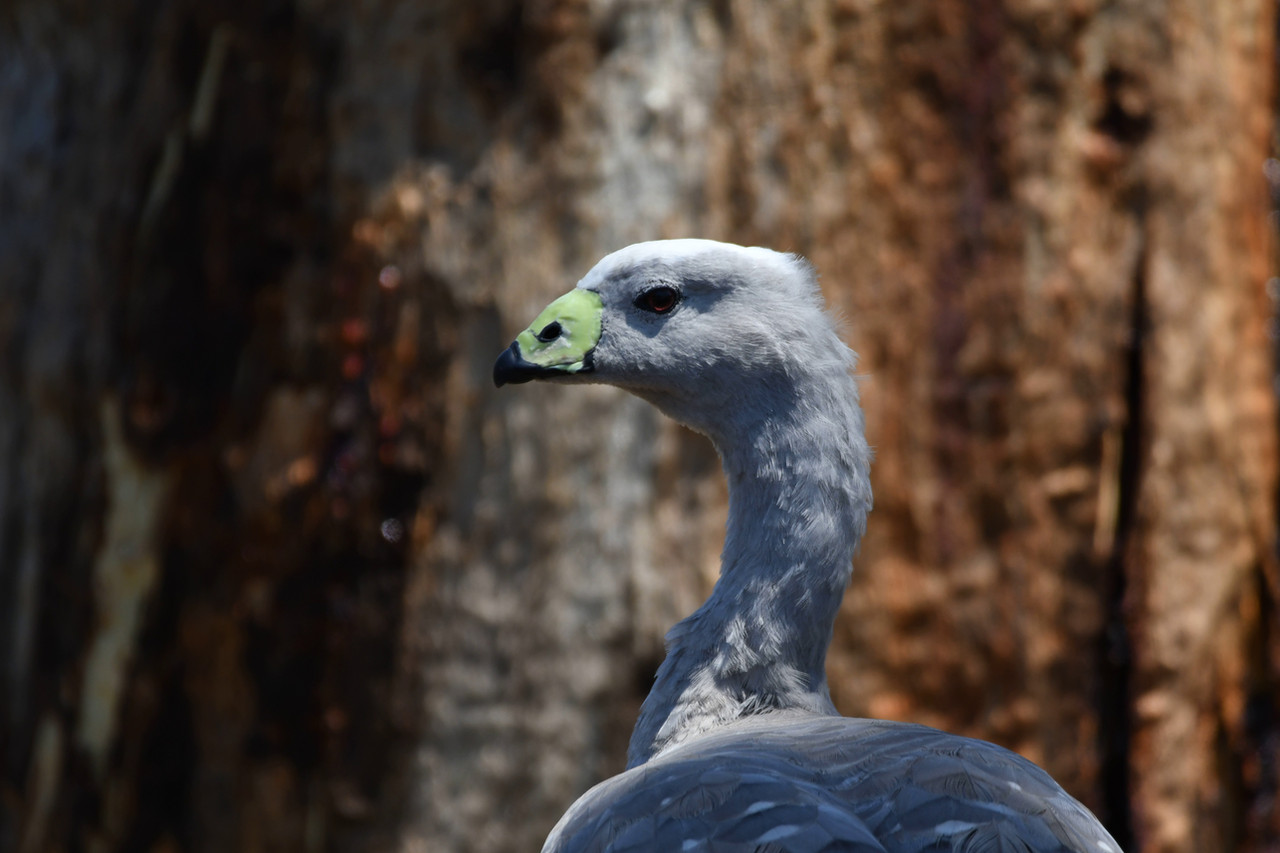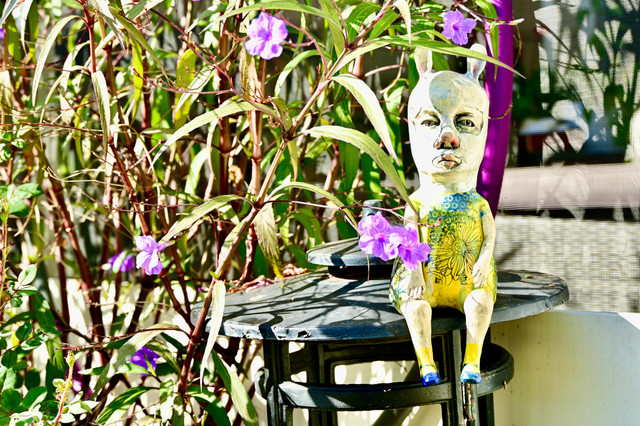HOME | DD
 TheBootesArtVoid — Cape Barren Goose And The Tree (Wild)
TheBootesArtVoid — Cape Barren Goose And The Tree (Wild)

#animal #animalphotography #animals #bird #birds #geese #goose #natural #nature #naturephotography #photo #photography #photographyanimals #photographynature #photographyphoto #photos #wildlife #wildlifephotography #birdphotography #wildlifereferencephoto #thebootesartvoid
Published: 2023-09-11 21:33:36 +0000 UTC; Views: 826; Favourites: 76; Downloads: 0
Redirect to original
Description
Species Name: Cape Barren Goose
Species Latin Name: Cereopsis novaehollandiae
Native To: Southern Australia
Conservation Status: Least Concern
Photo Taken At: Serendip Sanctuary
Size (length): 75-100 (29.5-39.4 inches)
Weight: 3-7kg (6.6-15.4oz)
Lifespan: 17 years
Wingspan: 150-190cm (59.1-74.8 inches)
Population Size: 16,000-18,000
Population Trend: Stable
Diet: Herbivore
Lifestyle: Semiaquatic, Shorebirds, Waterfowl, Grazing, Congregatory, Precocial, Territorial, Partially migrant.
Group Name: Flock, gaggle, plump, skein, team, wedge.
Female Name: Goose
Male Name: Gander
Baby Name: Gosling
Mating Behaviour: Monogamy
Reproductive Season: May – June
Eggs Per Brood: 3-6 eggs
Incubation Period: 34-37 days
Independent Age: 70-76 days
Description:
The Cape Barren Goose is considered a large goose with a plummage of feathers that are entirely light gray in colour. The exception to the light gray colour to their wings include darker gray splotches on some of their wing feathers, a much darker gray or black is seen on the edges of their wings as well as on their tail feathers. They have a short yellowish-green bill that is black at the tip and reddish-orange eyes. They have short pinkish legs with black feet.
Diet: The Cape Barren Goose is a grazing bird and will feed on a variety of grasses, herbs, and legumes. The grasses and herbs vary from native or wild grasses to pasture grasses and herbs.
Behaviour:
These geese are able to drink salt or brackish water and are able to remain on offshore islands all year round. These geese are monogamous and form long lasting mating pairs, they will breed during the winter months from May to June. During breeding season these birds can be highly territorial. The male will builds the nest out of nearby vegetation at which point the female will lay a batch of 3-6 eggs, both the male and the female geese will look after young and protect them. Outside of breeding season these birds will congregate in small flocks.
Threats To The Species:
Although the species is not currently listed as endangered their numbers were reduced to a large extend in the past during the 20th century when their species were hunted in great numbers. Their numbers have increased greatly since this period however, the loss of breeding grounds to agricultural expansion could pose a risk for these birds in the future.
Further Reading (general information):
Wikipedia: en.wikipedia.org/wiki/Cape_Bar…
Birdlife: birdlife.org.au/bird-profile/c…
Animalia: animalia.bio/cape-barren-goose
Australian Museum: australian.museum/learn/animal…
Related content
Comments: 8

👍: 1 ⏩: 1

👍: 0 ⏩: 1

👍: 1 ⏩: 1

👍: 0 ⏩: 0

👍: 1 ⏩: 1

👍: 0 ⏩: 0

👍: 1 ⏩: 1

👍: 1 ⏩: 0

























